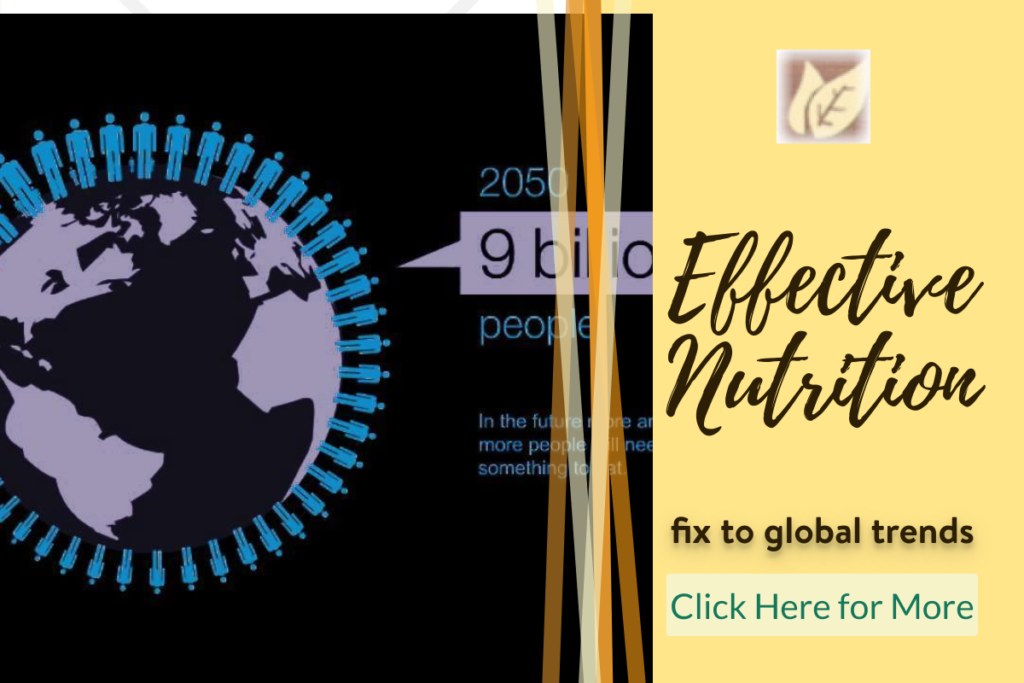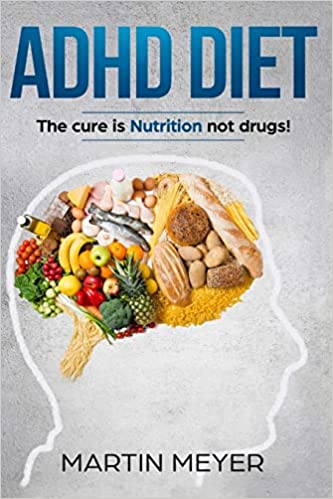10 best nutrition fixes to improve global trends
“In order to provide 10 best nutrition fixes to improve global trends and achieve Universal Health Coverage, Nutrition Interventions against worrying global trends nutrition should be positioned as one of the cornerstones of essential health packages,” said Dr Naoko Yamamoto, Assistant Director-General at WHO. “We also need better food environments which allow all people to consume healthy diets.”
The World Health Organization (WHO) has released new global trends in diet, physical activity and related non-communicable diseases.
The data is based on surveys conducted in 2000, 2005 and 2010 among adults aged 18 years and older from all regions of the globe.
The results, found in a new report, Global Diet, Physical Activity and Health from the WHO, are encouraging.
The proportion of adults who are overweight has decreased in 25 of the 43 countries examined.
“Over the past 20 years, there has been a shift towards a global food supply that is less healthy,” says Dr. Margaret Chan, Director-General of the WHO.
“The world is facing a double burden of malnutrition: too many people eating too much of the wrong things,
Essential health packages in all settings need to contain robust nutrition components, but countries will need to decide which interventions best support their national health policies, strategies and plans.
The demand-side management of the food system could be one way to curb climate change, although population growth is one of the drivers of global food demand and its environmental impact.
Without employment opportunities in areas where extreme poverty is prevalent, people may be forced to migrate, exacerbating potential for ensuing conflicts (FAO 2018a
Finally, climate change can affect human health in other ways that interact with food utilization.
A number of studies have shown that climate change is likely to increase the incidence of dengue fever, an important mosquito-borne viral infection.
Climate change is also expected to alter the distribution of infectious diseases, including those caused by viruses,
Heatwaves can also lead to increased mortality due to respiratory problems. In addition, extreme weather events can disrupt agricultural production, leading to famine and hunger.
Climate change can also have an effect on the availability of clean water and sanitation services, which can increase the risk of infectious diseases such as cholera. The link between climate change and human health is not straightforward.
Some studies suggest that the number of deaths caused by climate change will remain low until the end of this century; however, others predict substantial increases in morbidity and mortality.
Additionally, increased demand for protein comes from socioeconomic changes such as income growth, urbanization, and aging populations, where the contribution of proteins to healthy aging is increasingly recognized, and recognition of the importance of protein in a healthy diet.
Essential health packages toward 10 best nutrition fixes to improve global trends
- Ensure that women have access to quality maternal care services during pregnancy, childbirth and postpartum period. Ensure that children are fed nutritious complementary foods from 6 months of age. Promote breastfeeding for infants and young children. Reduce undernutrition among pregnant and lactating mothers and children. Improve dietary diversity among women and men.
- Ensure that children receive appropriate complementary feeding practices from 6 months of age and beyond. Develop or strengthen community based mechanisms to promote healthy eating behaviors. Improve availability, accessibility, acceptability and utilization of safe drinking water and sanitation facilities. Provide clean fuels for cooking and heating. Increase coverage of household solid waste management.
- Provide adequate dietary diversity for pregnant and lactating mothers and young infants. Increase consumption of fruits and vegetables. Increase consumption of beans, nuts and seeds. Increase consumption of dairy products. Decrease consumption of salt and sugar. Decrease consumption on processed meat. Decrease consumption alcohol.
- Ensure that breastfeeding is promoted, protected and supported by policy and programs. Ensure that women can make informed choices about their own health, including reproductive health. Ensure that women have equal rights with men to control their fertility, including through voluntary family planning methods. Ensure that sexual violence does not affect a woman’s
- Promote optimal growth and development of children through adequate intake of nutritious foods and beverages. Promote the right of all children to be breastfed exclusively for six months. Reduce early initiation of any other fluids (other than breast milk) before the sixth month of life. Provide appropriate complementary food to children aged between 6-23 months. Enc
- Reduce undernutrition among older persons. Promote optimal growth, development and nutritional status in women during pregnancy, childbirth and postpartum period. Promote optimal maternal and child nutrition. Promote optimal physical activity levels. Promote optimal mental well-being.
- Achieve a balance between energy supply and demand among adolescents and adults. Achieving this balance will reduce the risk of overweight and obesity. Achieve a balanced diet, which includes adequate amounts of protein, fat, carbohydrates, vitamins and minerals. Encourage people to eat more fruit and vegetables. Encourage people
- Prevent micronutrient deficiencies among vulnerable groups such as pregnant and lactating women, preschool children, adolescent girls and men.
- Improve nutritional status of individuals living with HIV/AIDS.
- Ensure that adequate consumption of fruits and vegetables is achieved across the population.
Food Security Special Report on Climate Change and Land
Greenhouse gas emissions from food systems This chapter evaluates the contribution of the entire food system to greenhouse gas emissions (GHG).
There have been a few studies that have quantified the contributions of crops and soils, on the one hand, and livestock, on the other hand, to the total greenhouse gas emissions from agriculture and associated land use since AR5.
Greenhouse gas emissions from aquaculture and fisheries may represent 10% of total agriculture emissions, or about 0.58 GtCO eq yr-1 (Barange et al. 2018), with two-thirds coming from non-CO sources such as aquaculture (Hu et al. 2013 ; Yang et al. 2015 ) and the rest from fuel consumption in fishing vessels.
In all settings, they need to contain robust Nutrition fix to global trends components, but countries will need to decide which interventions best support their national health policies, strategies and plans.
The WHO is working with countries to develop country-led joint programs that include nutrition and maternal and child nutrition, including during the antenatal and postnatal periods, as well as childhood.
In these packages the process of design and implementation is key to ensuring nutrition interventions are integrated in national health policies and strategies and plans, and that countries receive technical support that enables them to effectively implement them.
This chapter examines how different approaches can be used to address some of the challenges identified above. It also provides an overview of the current situation in terms of nutrition interventions implemented by countries, and identifies gaps in knowledge and evidence for nutrition interventions. The chapter
Key interventions include:
Providing iron and folic acid supplements as part of antenatal care in achieving Nutrition fix to global trends; delaying umbilical cord clamping to ensure babies receive important nutrients they need after birth; promoting, protecting and supporting breastfeeding; providing advice on diet such as limiting the intake of salt, sugar, and fat are all steps that can be taken to ensure a child’s early development.
Investment in nutrition actions will help countries get closer to their goal of achieving universal health coverage and the Sustainable Development Goals. It can also help the economy, with every US$1 spent by donors on basic nutrition programmers returning US$ 16 to the local economy.
Nutrition interventions can also reduce poverty and inequality, because children who grow up healthy tend to do better at school and earn more money later in life.
Nutrition has widespread implications
The sustainable promotion of a nutritious diet, adequate hydration, physical activity, and breastfeeding has enormous potential for reducing child mortality, stunting, and wasting; reducing maternal mortality; improving cognition and health outcomes; improving economic productivity; reducing poverty and inequality; and fostering peace and social cohesion.
The world has made progress in nutrition but major challenges still exist. There has been a global decline in stunting (low height-for-age ratio): between 1990 and 2018, the prevalence of stunting in children aged under 5 years declined from 39.2% to 21.9%, or from 252.5 million to 149.0 million children, though progress has been much slower in Africa and South-East Asia.
Obesity is on the rise.
The prevalence of children considered overweight rose from 4.8% to 5.9% between 1990 and 2018, an increase of over 9 million children. Adult overweight and obesity are also rising in nearly every region and country, with 1.9 billion people overweight in 2016, of which 650 million (13% of the world’s population) are obese.
It is currently estimated that 69% of children are overweight or obese. This is concerning, because obesity increases a person’s risk of having a heart attack, stroke, high blood pressure, high cholesterol, and type 2 diabetes. 2 This puts the burden of obesity on our nation.
Obesity is a major risk factor for diabetes; cardiovascular diseases (mainly heart disease and stroke); musculoskeletal dEisorders (especially osteoarthritis – a highly disabling degenerative disease of the joints); and some cancers (including endometrial, breast, ovarian, prostate, liver, gallbladder, kidney, and colon).
An increased focus on Nutrition fix to global trends by the health services is key to addressing both aspects of the “double-burden” of malnutrition. The Essential Nutrition Actions publication is a compilation of nutrition actions to address this “double burden” of underweight and overweight and provide a tool for countries to integrate nutrition interventions into their national health and development policies.
World Bank: Source: Shekar M, Kakietek J, D’Alimonte M, Sullivan L, Walters D, Rogers H, Dayton Eberwein J, Soe-Lin S, Hecht R. Investing in nutrition. The foundation for development. An investment framework to reach the Global Nutrition Targets. World Bank, Results for Development, Bill and Melinda Gates Foundation, CIFF,1000 days.
The effects of Sugar on healthy nutrition
Nutrition fix to global trends can be implemented by employing Sugar-free substances include monosaccharides and disaccharides added to foods and beverages by the manufacturer, cook or consumer, and sugars naturally present in honey, syrups, fruit juices and fruit juice concentrates
Sugar, also known as sucrose, fructose and glucose, is an energy source in living organisms.
It is also a popular source of calories and sweetness in food. Sugar is found in many different forms, such as artificial sugars, natural sugars, lactose, and high fructose corn syrup.
Sugar is also found in many popular beverages, such as soft drinks and energy drinks. Sugar is notorious for its negative effects on health, such as obesity, diabetes, and dental decay.
Sugar is an essential nutrient for the human body. It provides energy for metabolism and growth, and plays a role in maintaining nerve function, skin and mucus membranes. Just a small amount of sugar is needed.
However, large amounts of added sugar in some people’s diets may lead to weight gain, obesity, and type 2 diabetes.
In conclusion, “If we act to prevent or make serious enough changes to our diets, we can stop the global rise of obesity and diabetes.
A diet low in red meat and sugar, and high in fresh fruit and vegetables, can not only reduce the risk of diabetes, heart disease and stroke, but also reduce overall mortality. “According to the World Health Organization, more than a third of all deaths worldwide in 2013 were due to diseases caused by diet. “
healthy food habits would include 1. Eat more whole grains. 2. Eat less meat. 3. Eat more vegetables. 4. Avoid sugary beverages. 5. Eat more fish and seafood. 6. Cut back on sugar. 7. Eat more fruit. 8. Eat less salt. 9. Eat more beans. 10. Eat more nuts.







